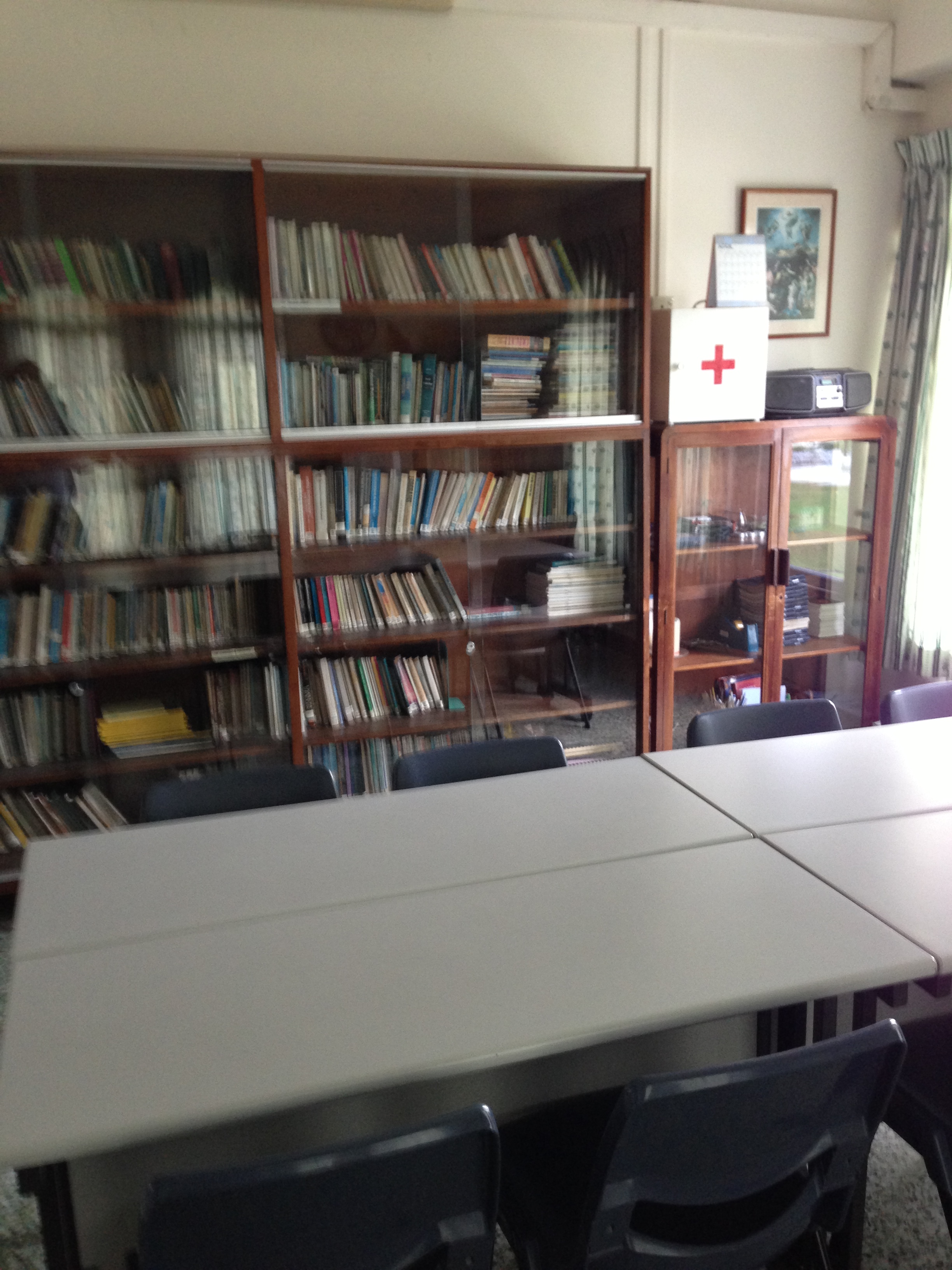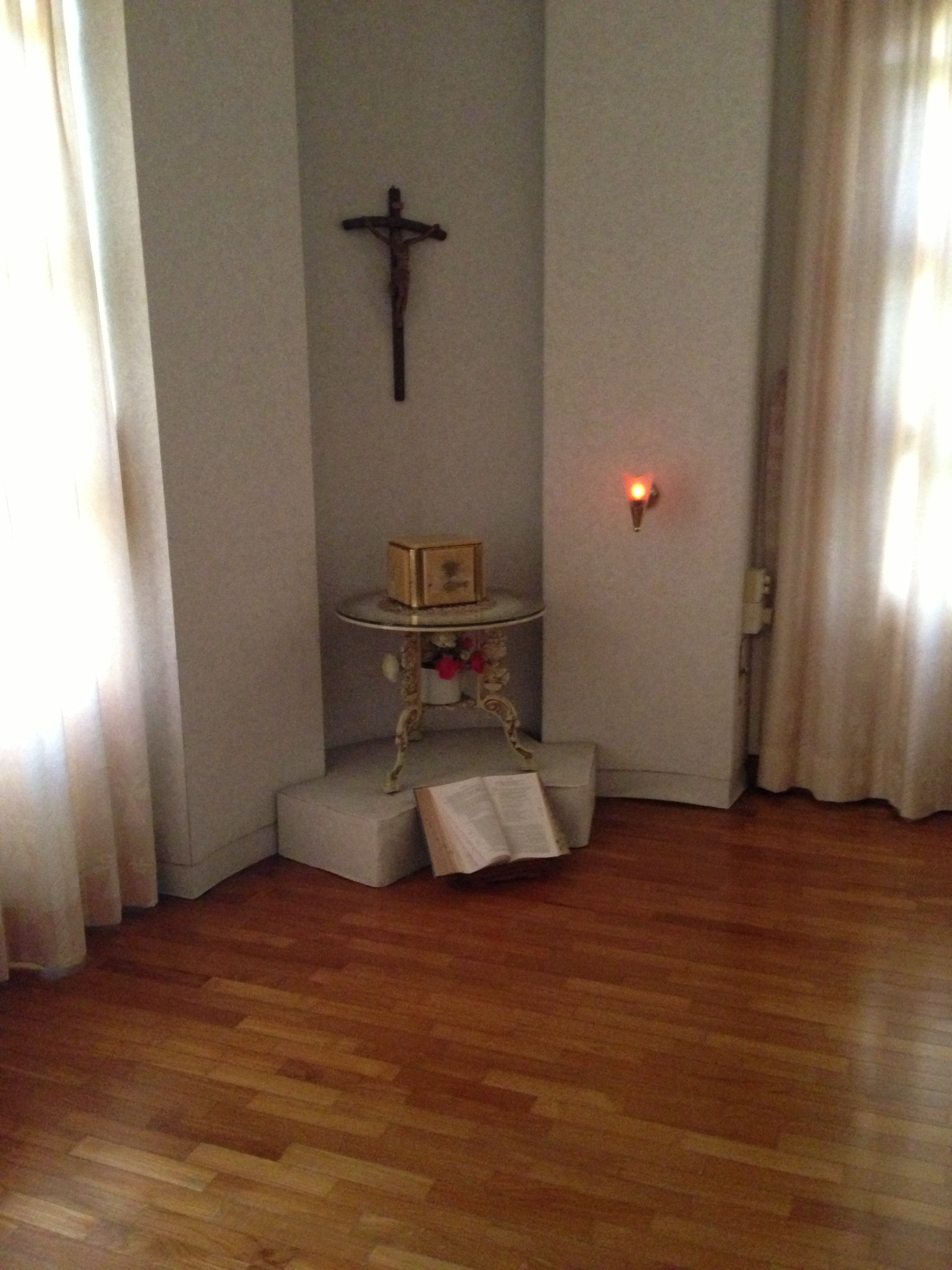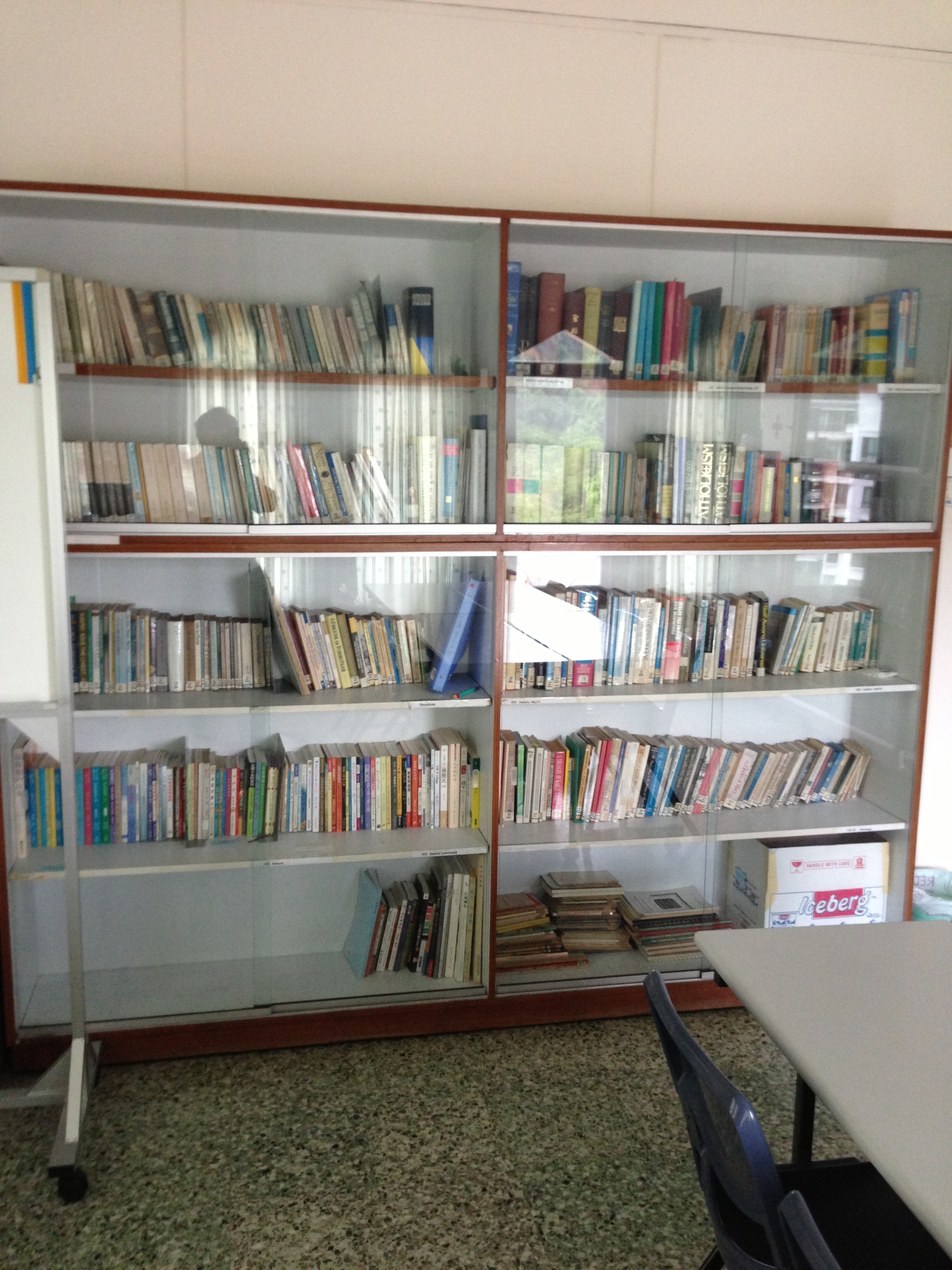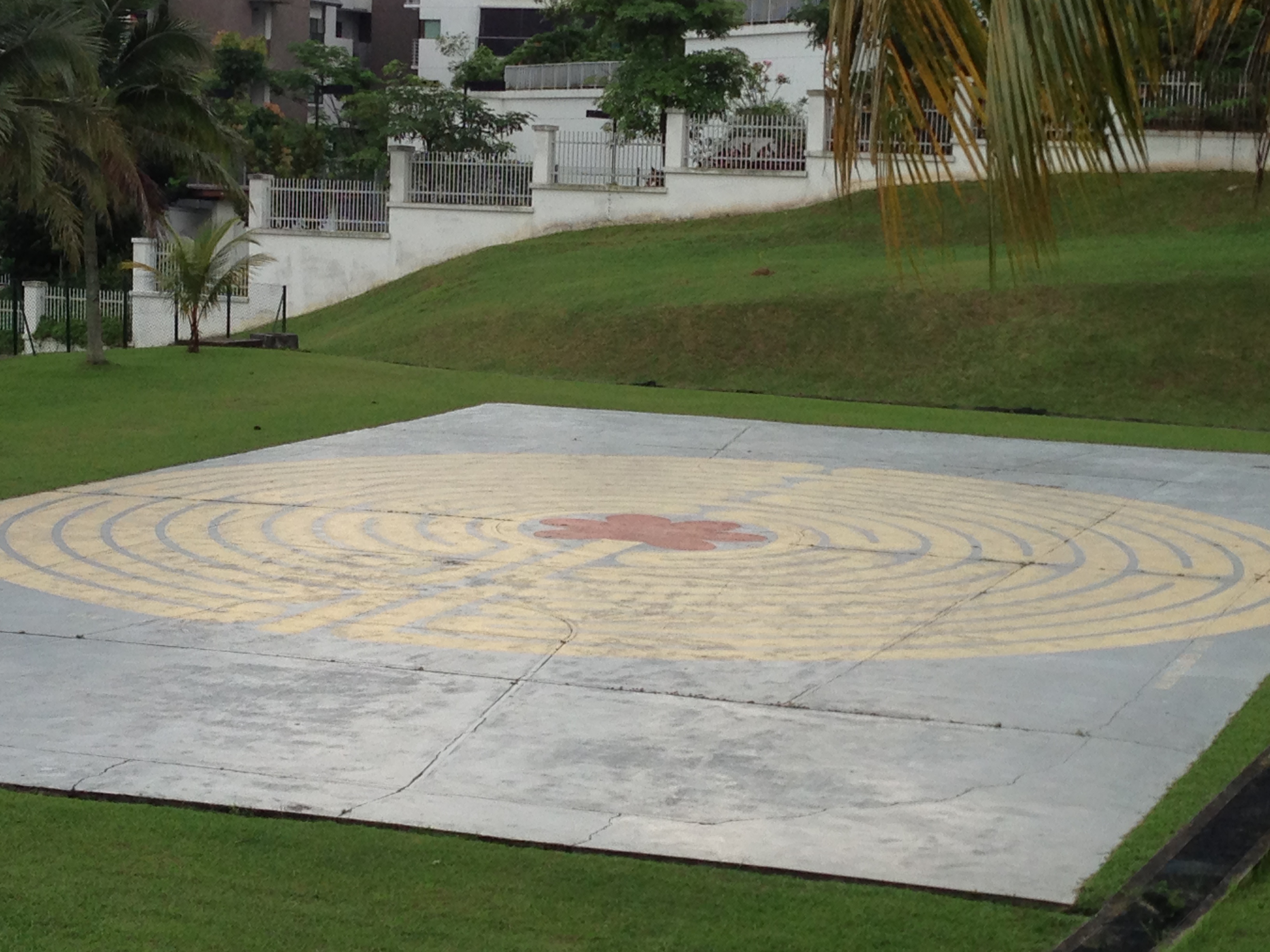
Alex Tang
Articles
- General
- Theology
- Paul
- Karl Barth
- Spiritual Formation
- Christian Education
- Spiritual Direction
- Spirituality
- Worship
- Church
- Parenting
- Medical
- Bioethics
- Books Reviews
- Videos
- Audios
- PhD dissertation
Spiritual writing
- e-Reflections
- Devotions
- The Abba Ah Beng Chronicles
- Bible Lands
- Conversations with my granddaughter
- Conversations with my grandson
- Poems
- Prayers
Nurturing/ Teaching Courses
- Sermons
- Beginning Christian Life Studies
- The Apostles' Creed
- Child Health and Nutrition
- Biomedical Ethics
- Spiritual Direction
- Spiritual Formation
- Spiritual formation communities
- Retreats
Engaging Culture
- Bioethics
- Glocalisation
- Books and Reading
- A Writing Life
- Star Trek
- Science Fiction
- Comics
- Movies
- Gaming
- Photography
- The End is Near
My Notebook
My blogs
- Spiritual Formation on the Run
- Random Musings from a Doctor's Chair
- Random Sermons from a Doctor's Chair
- Random Writings from a Doctor's Chair
- Random Spirituality from a Doctor's Chair
Books Recommendation
---------------------
Medical Students /Paediatric notes
Bukit Panjang Methodist Church
Prayer Retreat
Praying the Bible
12-13 April 2013
Lifesprings Canossian Spiritual Centre
Retreat Notes
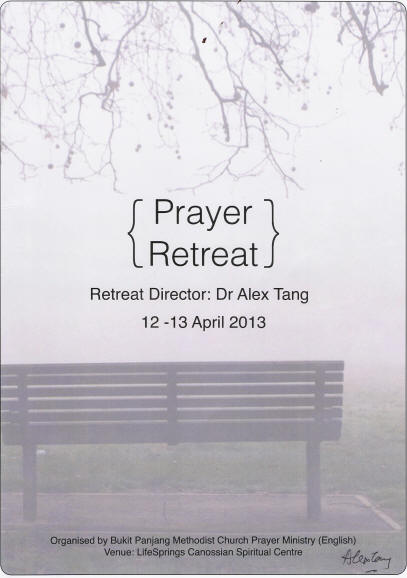
Retreat Director: Dr Alex Tang
As this is a prayer retreat, other than planned activities and meal-times, please allow your time to read the bible, to pray, to rest, to eat, to enjoy moments of solitude or moments of fellowship. You will be given some guidelines during the briefing. Please go on a gadget and internet FAST for 26 hours.
This is not a silent retreat so it is alright to share lessons, verses or encouragement with one another.
We just ask you allow space for each other in moments one may want solitude or quiet.
|
TIME |
FRIDAY |
TIME |
SATURDAY |
|
230pm |
Briefing & Check-in |
7am – 8am |
Labyrinth walking with the Psalms |
|
330pm |
Praying the Bible session 1 |
8am-9am |
Breakfast |
|
630pm |
Dinner |
9am |
Praying the Bible session 3
|
|
730pm |
Praying the Bible session 2 |
12pm |
Lunch & fellowship |
|
9pm |
Movie documentary “In search of the Jesus Prayer” |
130pm |
Strip the bedlinen & Check-out |
|
|
|
2pm |
Praying the Bible session 4 |
|
|
|
315pm |
Sharing |
|
|
|
4pm |
Bye Bye |
|
|
|
|
|
|
|
|
|
|
|
|
|
|
|
NOTES FROM BRIEFING :
Living in all Spheres of Prayer
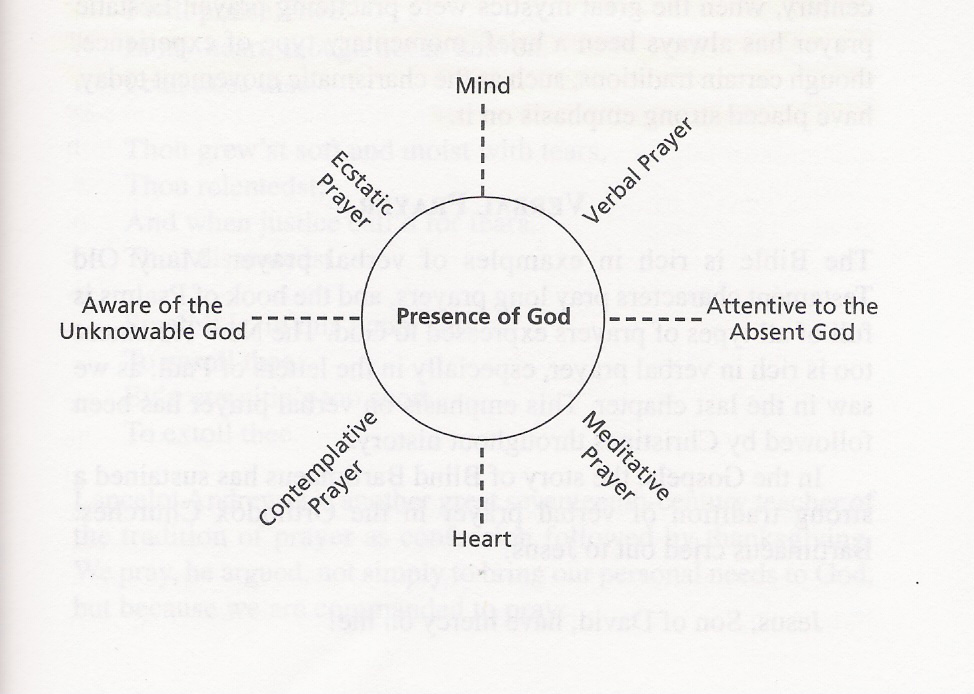
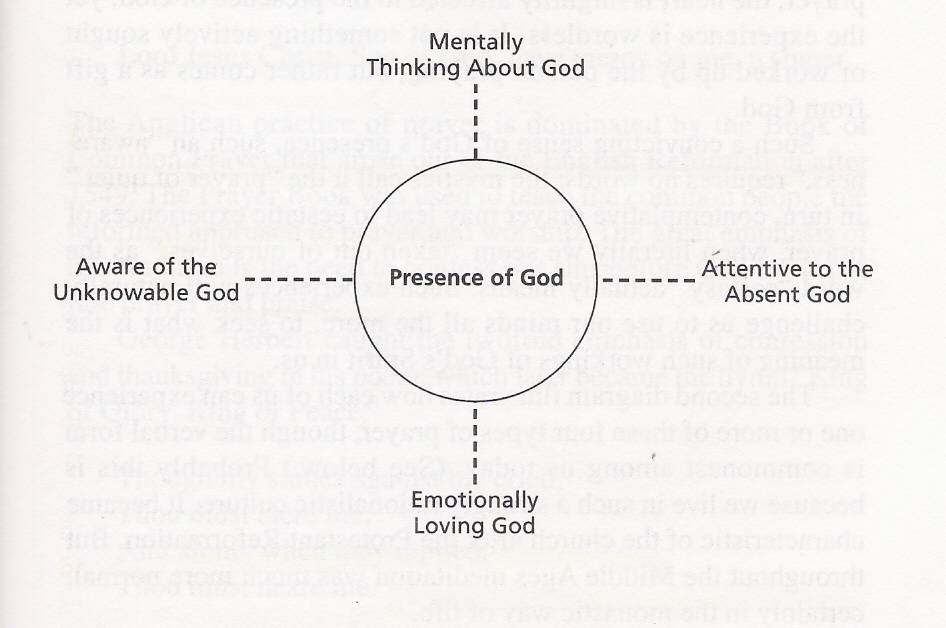
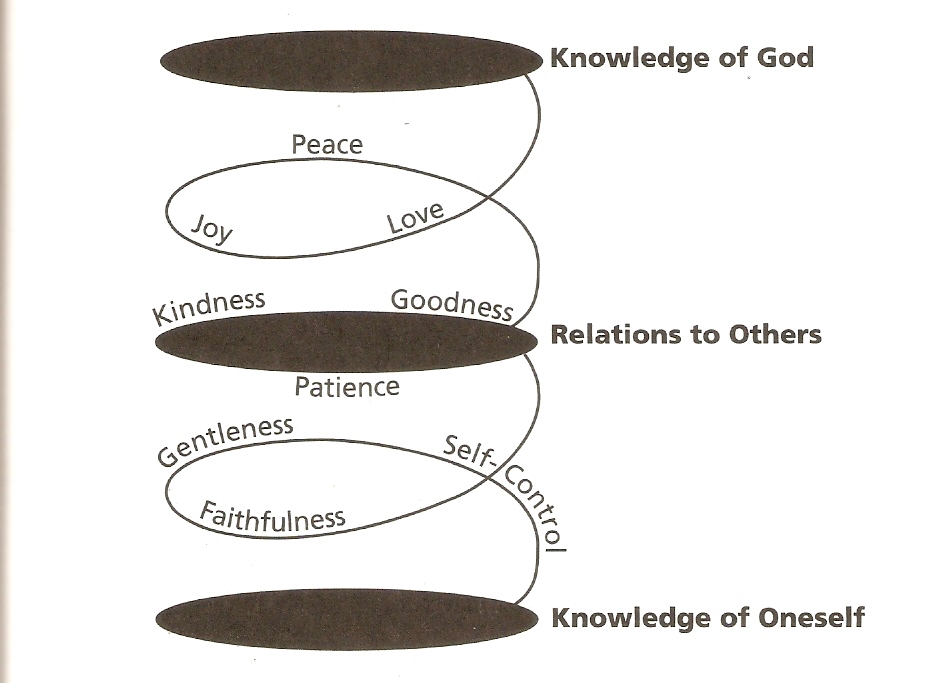
Lectio Divina (Spiritual Reading)
Lectio divina (pronounced lex-ee-oh di-vee-nuh) has been used for over 1,500 years. Literally, it means “divine reading’, ‘spiritual reading’ or ‘sacred reading’. The primary source of what is read in lectio is the Bible. It is gaining popularity as more and more people are finding it a powerful way to nurture their spiritual lives. As evangelicals, we have concentrated on the study of the Bible. We have come to know a lot about the Bible. But we have not been very good at applying the Bible, much less hearing God through the Bible. Lectio divina is an approach that builds on serious Bible study but moves to new depths as we open ourselves to God through the Bible.
PS 119:11 I have hidden your word in my heart that I might not sin against you.
PS 119:15 I meditate on your precepts and consider your ways.
PS 119:48 I lift up my hands to your commands, which I love, and I meditate on your decrees.
PS 119:105 Your word is a lamp to my feet and a light for my path.
Colossians 3:16 Let the word of Christ dwell in you richly as you teach and admonish one another with all wisdom, and as you sing psalms, hymns and spiritual songs with gratitude in your hearts to God.
1. The history of Lectio Divina
The early monks and nuns approached the Bible by means of lectio divina. In the daily routine of the monasteries and convent, there is specific time set aside for study, prayer and work. One of the leaders to commend lectio divina as a spiritual exercise was Benedict, an Italian monk who lived in the fifth and sixth centuries (about 480-550).
During the time set aside for study, a monk (or a nun) would go to a quiet place and begin to repeat aloud a passage from the Bible. Often this is taken from the Psalms or Gospels. The monk would speak the passage out loud until a particular word or phrase strikes him. Then he would stop and ponder this word or phrase, understanding it to be a word from God for him. In lectio divina, the practitioner looks for direct message from God. This meditation (which is what he is doing) will lead naturally into prayer as the monk seeks to communicate with the Lord. As he moved further and further into prayer, he will come to a place where he rested in the presence of the Lord. This is the state of contemplation.
2. The process of Lectio Divina
In the twelfth century, Guigo II. A French Carthusian monk developed lectio into a four step exercise:
2.1 Reading/Listening (lectio)
Read out a short passage of Scripture. When we read aloud, we become both proclaimer and hearer of the Word of God. As you read, listen for the word or phrase that speaks to you. What is the Spirit drawing your attention to?
2.2 Meditating (meditatio)
Repeat aloud the word or phrase that attracts you. Make connections between it and your life. What is God saying to you by means of this word or phrase?
2.3 Praying (oratio)
Now, take these thoughts and offer them back to God in prayer, giving thanks, asking for guidance, asking for forgiveness, and resting in God’s love. What is God leading you to pray?
2.4 Contemplating (contemplatio)
Move from the activity of prayer to the stillness of contemplation. Simply rest in God’s presence. Stay open to God. Listen to God. Remain in peace and silence before God. How is God revealing Himself to you?
3. Entering into Lectio Divina
3.1 Select a passage, which you have read and perhaps studied previously so that text and context are familiar to you.
3.2 As you come to the text you need to slow down. You are coming to wait before God, a waiting upon Him.
3.3 Posture – are you sitting well? Kneel if you desire. Sit if you need to. Be comfortable. Create space – secure and peaceful. The environment –flowers, music, special place, outdoor etc. Mark of block of time – 10-30 minutes a day. Make it regular.
3.4 Centring(Centering) – integrating yourself – mind, body and spirit. Breathing exercise – palms up (to give up to God); palms down (to receive from God). Recall a gift; sing hymn; recite a creed, etc.
3.5 Initial prayer – invoke God’s presence. Announcing that you are ‘waiting upon God’. You are seeking His presence.
3.6 Turn to the passage – this is the passage for me; savor the words; appreciate its inner and hidden meaning for me; carefully and tenderly hold the words.
3.7 Read it aloud, slowly and softly. Notice the punctuation. Slow down and breathe more slowly. Watch for the commas and periods. Taste the flavor of the Word; hear the gracious Word of God; see the content of the Word.
3.8 Read it again (or a third time). Gently dwell on each word, each phrase, each sentence. Read slower.
3.9 If distractions come, recognize them and tell them that you will come back to them later.
3.10 Attitude – patiently abiding in God’s presence and care of listening and looking in humble expectancy.
3.11 You can intersperse the reading with prayer, praise, petition, confession, or whatever comes into your heart.
3.12 Times of barrenness and darkness are also times of spiritual transformation. Do not depend on our feedings.
3.13 Stay with your impressions that come. Concentrate on one or two. Ask God to show you what they mean. Connect them with your present life issue/ problem/ circumstance, etc. Do you need assurance? Does it reveal your present situation? Are you in some need? Is it some issue you do not want to face at present?
3.14 At the end of the meditation, write down your impressions in your journal. Speak to your mentor or your close Christian friends or your spouse about them. Connect them to your life. This is important because some other person can help you make sense of what has been given to you. You can also check on God’s message to you.
In hermeneutic classes the students have been rightly taught about the essential tools for the right exegesis of the text. That is reading for information while lectio divina is reading for formation. Lectio divina is reading with the heart and being open to the Holy Spirit. We must realise that we are not pure intellect but also emotional beings. Hence our spiritual life must have a balance between the intellect and the emotions. Textual criticism can led us only so far. Sometimes we can be so involved cognitively that we cannot hear what God is saying to us. Hence a session of lectio divina is very helpful for us as we are focusing on what God is doing in our lives. I agree that there is always the fear that this free flowing meaning from the text may lead us astray.
This is where our intellect and theological knowledge comes in. If what we receive or perceive is against the teaching of the Bible, common sense, and the counsel of our discerning brothers and sisters, then it cannot be from God. Hence lectio divina must be done in a community of faith setting where there is check and balance. Lectio divina is where the Scriptures speak into our lives.
‘For the Word of God is quick, and powerful, and sharper than any two-edged sword, piercing even to the dividing asunder of soul and spirit, and of the joints and marrow, and is a discerner of the thoughts and intents of the heart”
 Hebrews 4:12 KJV
Hebrews 4:12 KJV
The Jesus Prayer
Prayer is something we talk about a lot but seldom practice. Few of us have set times of daily prayers and even fewer keep to them. Our most intense period of prayers is when we or our loved ones are in grave needs. After that period is over and the crisis resolved, many of us find it difficult to lead a consistent prayer life. For many of us, the concept of persistent prayer blows our mind. The reason is that many of us find it difficult to pray for long periods without running out of words or repeating ourselves. What do we pray about when we have gone through our “prayer lists”? Many of our prayer lists are actually “want lists” or “shopping lists” to be presented to God. Yet the apostle Paul unapologically asks us to pray “unceasingly” or “continually”(NIV) (1 Thess. 5:17).
One of the prayers which I find most helpful in helping me to pray unceasingly is the Jesus Prayer. The Jesus Prayer was a common prayer of the early church. This prayer is still a favourite prayer of the Orthodox Catholic Church or commonly known as the Eastern Orthodox Church. The apostolic church was a single church until 1024 when it was split into the Roman Catholic Church and the Orthodox Catholic Church by an event appropriately named the East-West Schism. The Protestant movement, of which the Presbyterians are one of the inheritors, came out of the Roman Catholic Church. In many ways, the practices of the Orthodox Catholic Church reflect the practices of the early church.
The Jesus Prayer in its commonest form is “Lord Jesus Christ, Son of the Living God, have mercy on me, a sinner.” This prayer has two essential components. The first is the acknowledgement of the supremacy of Jesus Christ as described in the great Christological hymn of Philippians 2:6-11. The second component is the parable of the Publican and the Pharisee, in which the Pharisee demonstrates the improper way to pray by exclaiming: "Thank you Lord that I am not like the Publican", whereas the Publican prays correctly in humility, saying "Lord have mercy on me, a sinner" (Luke 18:10-14). The Jesus Prayer is a prayer addressed to God asking for mercy.
The Jesus Prayer is also known as the prayer of the heart. The Song of Solomon's passage from the Old Testament “I sleep, but my heart is awake” (Song of Solomon 5:2) declares that for persons in love, their beloved is never far from their hearts. The analogy being that as a lover is always conscious to his or her beloved, people can also achieve a state of “constant prayer” where they are always conscious of God's presence in their lives.
The prayer is repeated slowly and prayerfully. “Lord Jesus Christ, Son of the Living God, have mercy on me, a sinner.” Repeatedly proclaiming the divinity of Christ and asking for mercy is not vain repetition. It is different from chanting a mantra or a self help technique. It is “continuous” worship in invoking the name of Christ and acknowledging our dependence upon Him. Mercy here is not just for salvation only but also for our spiritual well being. Unlike mantras, the Jesus Prayer may be translated into any language.
Initially you may need to find a quiet place to pray the Jesus Prayer. To pray the Jesus prayer is to repeat “Lord Jesus Christ, Son of the Living God, have mercy on me, a sinner” as many times as your time period allows. Gradually, as you become more used to it, you find you will be able to pray it while you are doing other things. The Jesus Prayer may be prayed anywhere. There are no special postures associated with it.
In this multi-tasking form, you can pray unceasingly while you do other things. People who have been praying the Jesus Prayer for many years will tell you that they are able to work, play, love and rest while part of their minds are praying the Jesus Prayer. There is also a story told that when a certain devout Orthodox Church lady was coming out of anesthesia after an operation, the surgical nurses heard her praying the Jesus Prayer before she herself became fully conscious!
The spiritual teachers of the Orthodox Church claim that initially you pray the Jesus Prayer but soon the Jesus Prayer prays you. The continuous invoking the Name of God and petitioning for mercy has a power effect on our spiritual formation. It makes us sensitive to the leading of the Holy Spirit and empowers the “renovation of our hearts.” The Jesus Prayer is one prayer I pray constantly and I sincerely invite you to pray it too.
Walking the Labyrinth with the Psalms
“O God, you will show me the path of life and fill me with joy in your
presence.”
Psalm 16:11

A labyrinth is a pattern on the ground in which there is a long pathway that leads to the centre. Once reaching the centre, you may follow path back to the entrance which is also the exit. Generally, there are three stages to the walk: releasing on the way in, receiving in the center and returning when you follow the path back out of the center of the labyrinth. Symbolically, and sometimes actually, you are taking back out into the world that which you have received.
The first documented example of a labyrinth we have is from 324 A.D. when Christians placed a labyrinth on the floor of their church in Algiers, North Africa. Many of the early church fathers including Ambrose, Gregory of Nyssa, and Jerome wrote about labyrinths as a metaphor to illustrate important Christian beliefs.
There is no right way or wrong way to walk a labyrinth. Use the labyrinth in any way that meets your needs while being respectful of others who may be walking on the path. You may stop anywhere along the path to mediate, pray or be in silence. You will often meet others walking the path in the opposite direction. Simply step around them. Walk at your own pace; you may even pass others who may be in front of you. Take your time. Walk slowly. Do what feels natural to you -- some walk steadily, some cover their faces with scarves, some dance, some twirl and dance, some stop often. At the center you may sit, kneel, stand, change positions or directions, pray, meditate, or do silent reading or writing.
“Be still and know that I am God.”
Psalm 46:10
To prepare for walking, you may want to sit quietly to reflect before stepping onto the labyrinth. Some people come with questions, others just to slow down and take time out from a busy life. Some come to find strength to take the next step. Many come during times of grief and loss.
In this session, we are to read a psalm while walking the labyrinth. Select a psalm from the list below or choose one of your own.
Psalms 1; 8; 23; 27; 42; 46; 48; 63; 84; 108; 111; 139; 143; 147
The idea is to stick to meditating/praying one particular psalm for the whole duration of this walk, using it to pray, meditate and contemplate. Read the psalm slowly. Meditate and listen to each word, sentence and paragraph. Restart at the beginning of the psalm when you have reached the end.

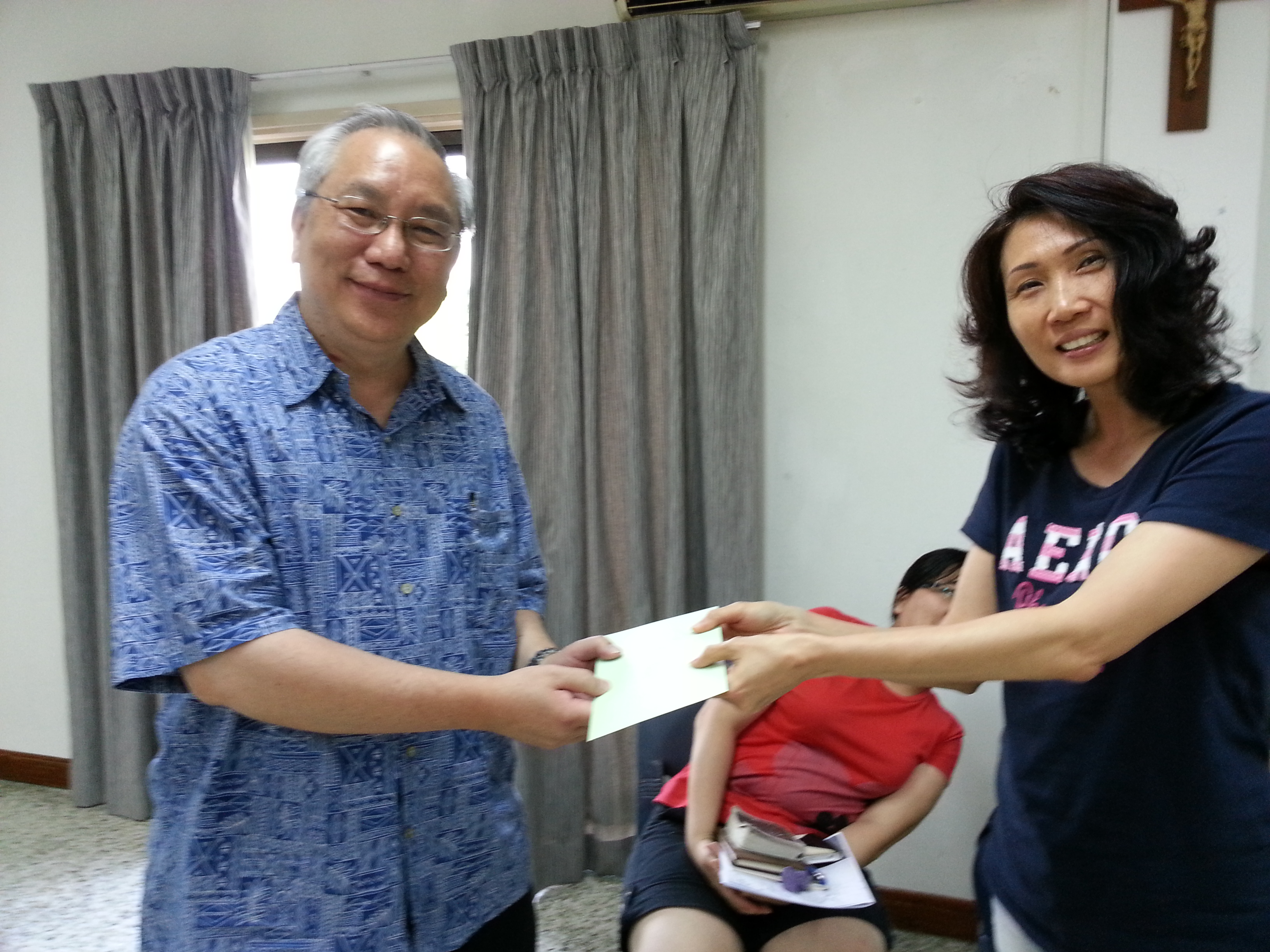
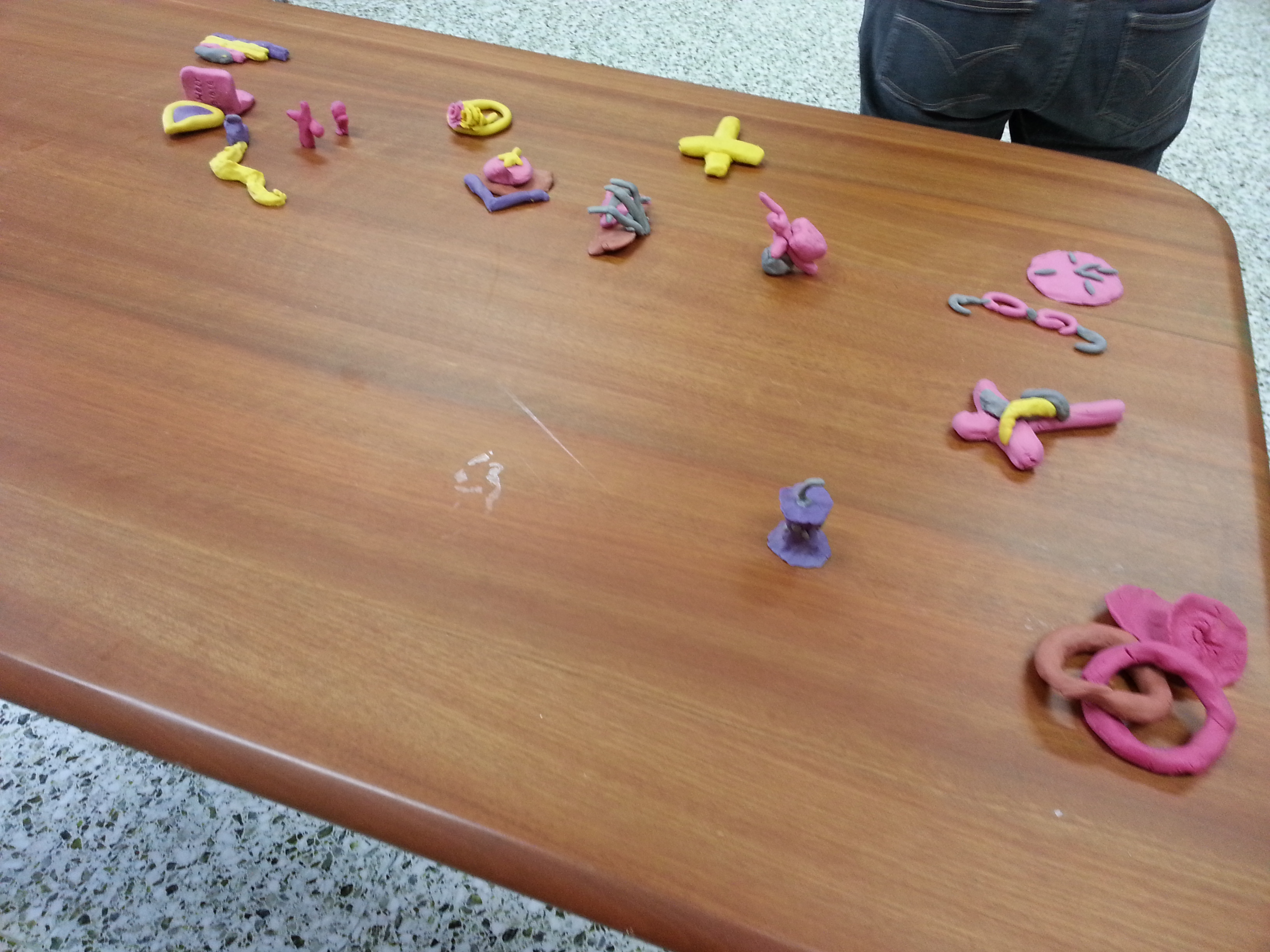
Scripture verses
Abused /Rejected: Mark 6:3; Luke 4:28-30; 11:53-54; 16:14; 17:25; 18:32-34; 20:20; 21:12-19; 22:33-34, 47-65; 23:1-5; John 15:18-27.
Alone: Mm. 14:13; Mark 1:35; Luke 8:19-21.
Anger/Hate: Matt. 12:34; 23:13-39; Mark 3:1-6; 10:1,11:12-19; Luke 9:51-55; 11:42-54; 13:14-17; 14:26-27.
Desire/Affection: Luke 7:36-50; 22:14-16; John 13:22-18; 21:20.
Destitute: Matt. 19:27-30; Luke 9:57-62.
Disappointed: Matt. 11:16-19; Mark 10:17-22; Luke 35; 17:11-19.
Scared/Troubled: Mark 14:32-42; 15:16-20; Luke 22:40-46; John 12:27; 13:21.
Inadequacy: Luke 18:19.
Overwhelmed: Mark 3:20-21; 6:30-34; 7:24.
Sad: Matt. 26:37-38; Luke 13:33-35; 19:41-42; John 11:35.
Suffering: Mark 13:9-13; 9:22-27.
Tempted: Matt. 4:1 -11; 26:39-46; Luke 17-1


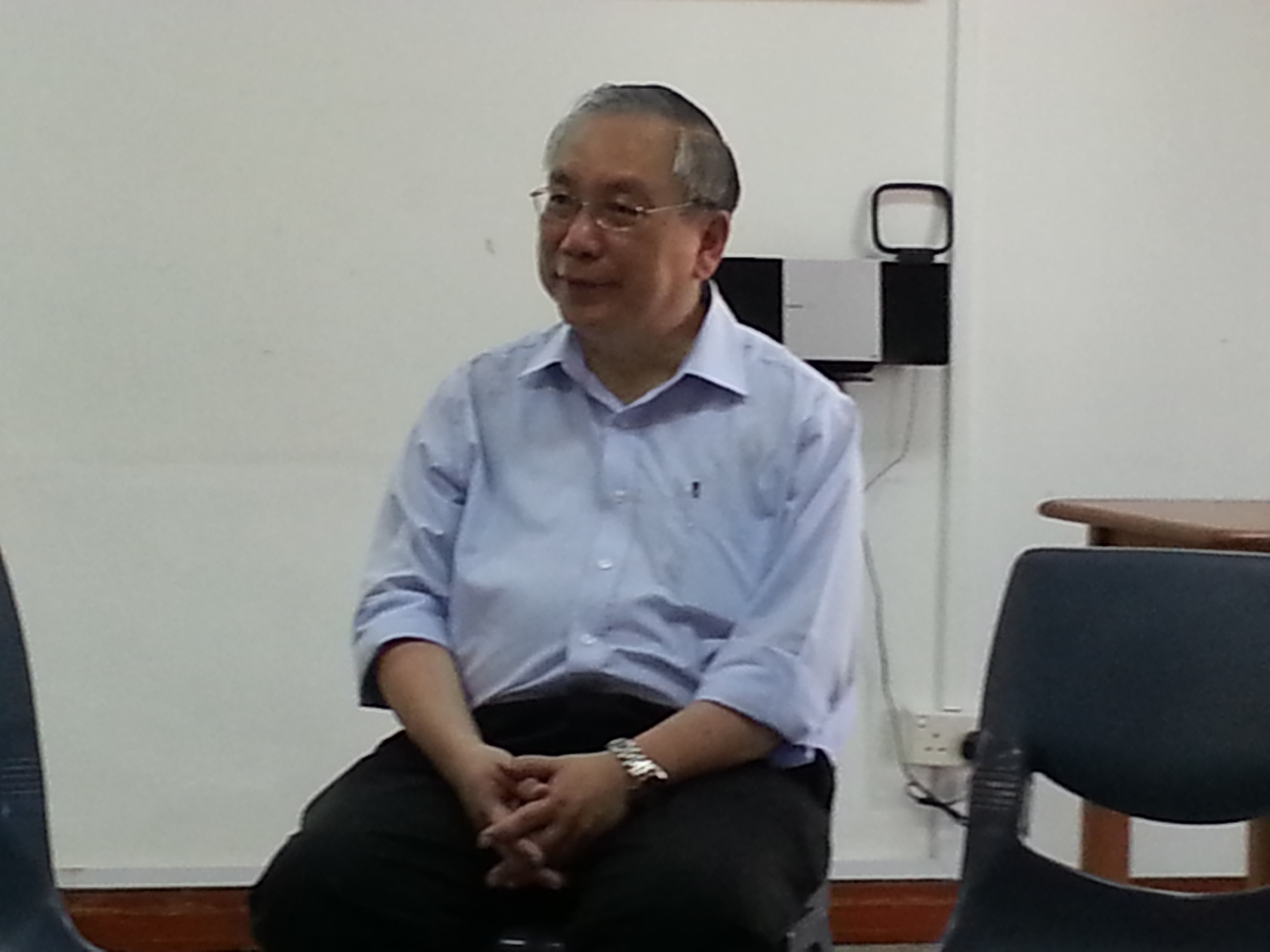

Conference site

